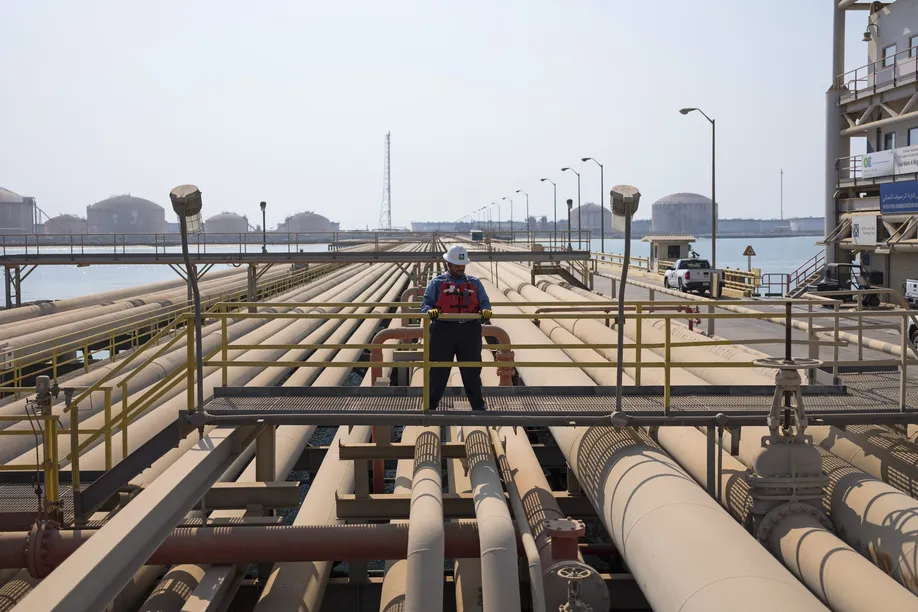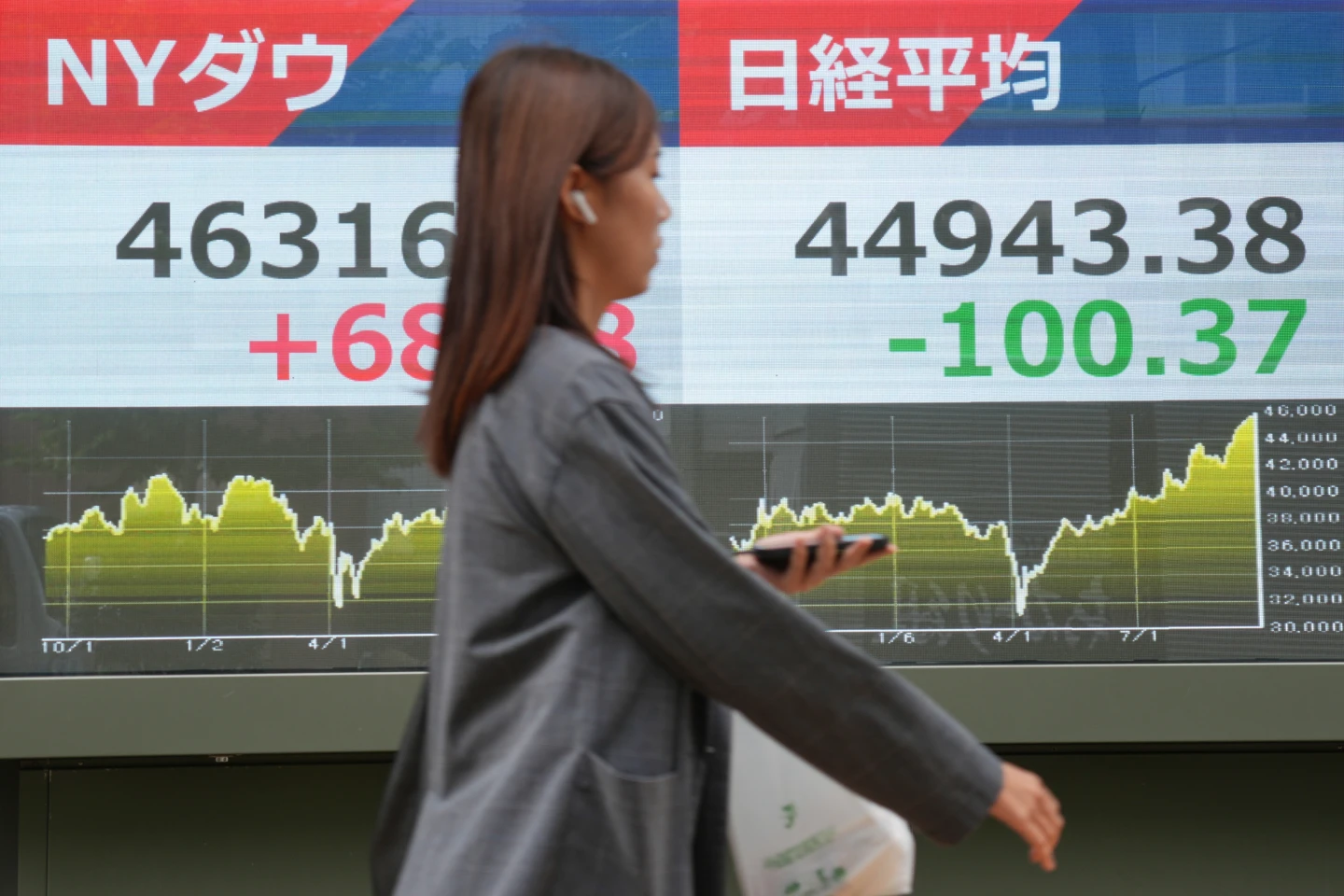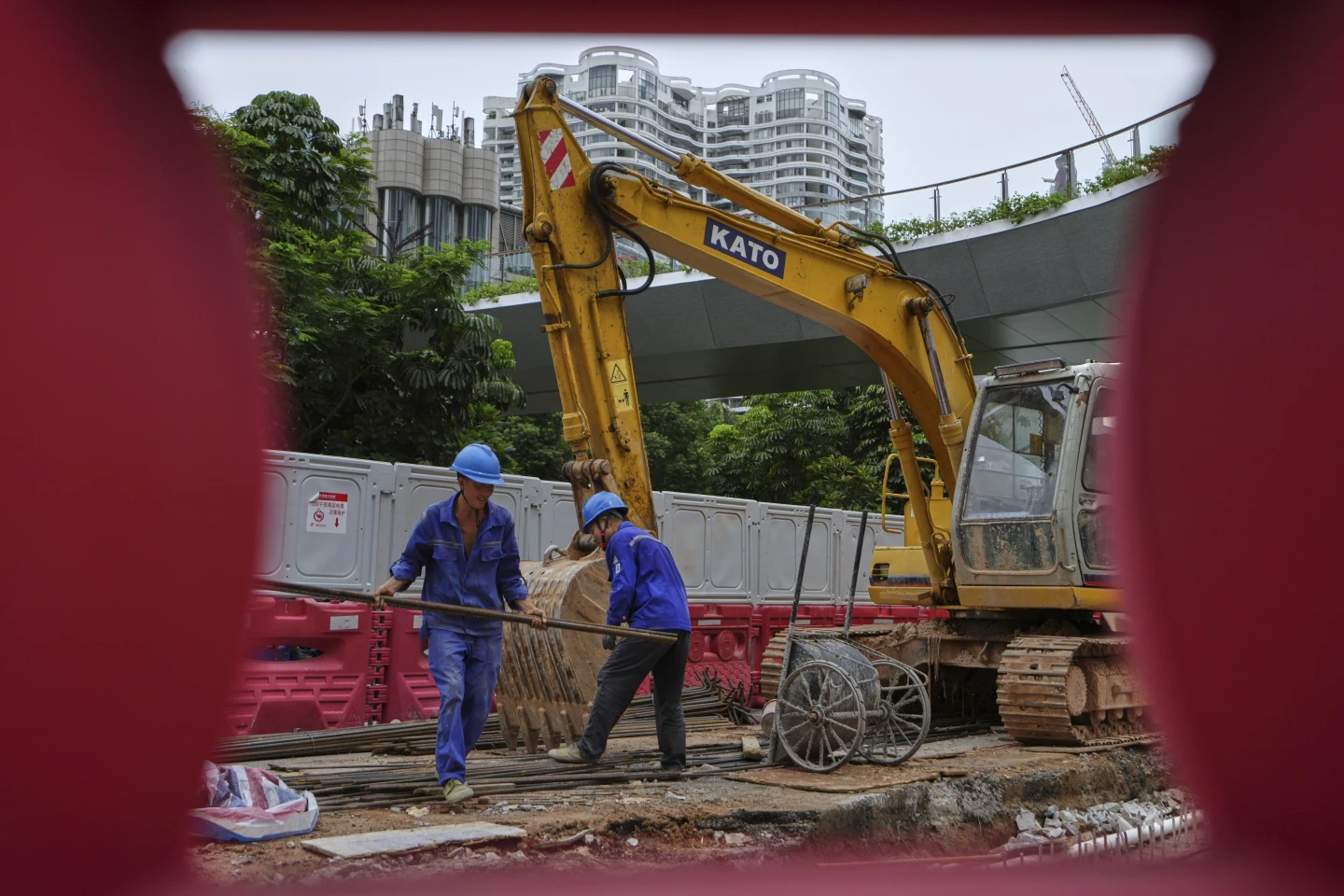OPEC+ Weighs Pausing Oil Output Hikes After Next Increase Amid Global Demand Uncertainty
OPEC+ is considering halting further oil production hikes after the next scheduled increase, signaling growing concern over global demand forecasts, economic volatility, and energy market imbalances.
OPEC and its allies, collectively known as OPEC+, are considering a pause to their planned oil production increases following the next scheduled hike, according to people familiar with the ongoing internal discussions. The move would mark a strategic shift in the bloc’s approach to oil supply management amid slowing global demand, high inventory levels, and growing economic uncertainty in key markets. The 23-nation alliance, led by Saudi Arabia and Russia, has spent much of the past two years gradually increasing output to meet post-pandemic demand recovery.
But signs are emerging that global consumption may be plateauing, particularly in China, Europe, and parts of North America, prompting OPEC+ to reassess its trajectory. ### The Plan: One More Hike, Then ReassessmentAccording to insiders close to the matter, OPEC+ intends to move forward with a modest production increase — roughly 200,000 to 300,000 barrels per day (bpd) — at the next scheduled ministerial meeting. However, subsequent output hikes may be paused or adjusted based on real-time data on demand, refinery throughput, and global inventory trends.
“There is consensus building around the idea that the next hike may be the last — at least for a while,” said one OPEC delegate who spoke anonymously. “The market is no longer as tight as it was, and we cannot afford to oversupply. ”### What’s Driving the Caution?Several key factors are contributing to the growing caution among OPEC+ nations:#### 1.
Demand Weakness in China China, the world’s largest crude importer, has seen sluggish economic recovery following waves of real estate crises, debt tightening, and underwhelming manufacturing data. Oil imports have slowed, refinery run rates have softened, and inventory levels are high in strategic storage. #### 2.
Economic Fragility in the West The U. S. and European economies are battling inflation, high interest rates, and consumer belt-tightening.
Industrial output is weakening, and fuel demand is flattening, particularly in the transportation and aviation sectors. #### 3. Geopolitical Disruptions From Red Sea shipping tensions to renewed sanctions pressures on Iran and Venezuela, global supply chains are increasingly fragile.
OPEC+ members are wary of introducing too much supply into a market already struggling with logistical unpredictability. #### 4. Competition from U.
S. Shale American shale producers have ramped up production, especially in the Permian Basin, contributing to non-OPEC supply growth. While OPEC+ previously succeeded in curbing U.
S. shale’s momentum, that trend appears to be reversing. ### Balancing Market StabilityOPEC+ has repeatedly stated that its mission is to maintain stability in global oil markets — not just for producers, but for consumers as well.
Oversupply could trigger price crashes, undermining the revenue streams of key member states that rely on oil exports to fund their national budgets. Currently, Brent crude is trading around $79–$81 per barrel, a price level that is profitable for many producers but far from the $100+ peaks seen in 2022. For high-cost producers like Nigeria and Angola, or economically pressured members like Iran and Venezuela, maintaining stable prices is critical.
“We are not in a crisis, but we are in a fragile moment,” said Mohammed Barkindo, a senior energy policy advisor in the Gulf region. “OPEC+ needs to be vigilant, flexible, and prepared to pause or pivot. ”### Potential Impacts of a PauseA pause in output hikes could have several consequences: - Price Support: Oil prices may stabilize or rise slightly due to lower-than-expected future supply growth.
- Strategic Signal: Markets may interpret the pause as a sign that OPEC+ is serious about defending a price floor. - Tensions Within OPEC+: Countries like the UAE and Iraq, which have been pushing for more output allowances, may feel restrained by the decision. - Shale Reaction: U.
S. producers may accelerate drilling if prices rise, potentially reintroducing oversupply risk. ### Industry ResponseOil traders and analysts are closely watching signals from OPEC+ members, particularly Saudi Arabia’s energy minister Prince Abdulaziz bin Salman, who has cultivated a reputation for strategic surprise and calculated market influence.
Analysts at Goldman Sachs noted in a recent client memo: “A pause in output hikes would not be unexpected given current data trends. However, if prices surge past $90, we could see pressure to release additional barrels. ”Oil-consuming nations, including the U.
S. , are urging producers to keep supplies adequate to avoid fueling inflation. The International Energy Agency (IEA) has warned that overly restrictive supply policies could exacerbate energy affordability issues, particularly for developing economies.
### The Bigger Picture: OPEC+ FlexibilitySince its formation in 2016, OPEC+ has evolved from a loosely coordinated group into a highly structured and strategic cartel. Its ability to adjust quickly — cutting or raising output in response to real-time data — has helped it regain pricing power in a volatile energy world. Many observers now view OPEC+ as a quasi-central bank of oil, using supply as a policy lever to balance markets in a way that mirrors monetary policy approaches.
The idea of a pause, rather than a reversal, aligns with this philosophy of adaptive management. OPEC+ is not shutting down production growth — but is simply taking a moment to measure, reassess, and recalibrate. ### Market OutlookThe next few weeks will be crucial: - OPEC+’s ministerial monitoring committee is meeting soon to review supply-demand balances.
- Crude inventories in the U. S. , China, and Europe are being closely monitored.
- Summer demand trends, particularly in the U. S. travel season, may influence short-term decision-making.
Most analysts forecast that Brent will trade in a $75–$85 range for the remainder of 2025, barring major geopolitical shocks or policy surprises. ### Conclusion: A Pause, Not a PivotThe discussion around pausing output hikes reflects OPEC+’s pragmatic response to a changing energy landscape. With global demand growth slowing, inflation biting into consumption, and supply pressures increasing from rivals, the cartel is signaling caution.
By moving carefully — and reserving the right to pivot at any time — OPEC+ is attempting to stay one step ahead of market instability. Whether this calculated pause supports long-term stability or triggers new rounds of producer competition remains to be seen. But one thing is clear: the era of automatic output hikes is over, and strategic flexibility is now the name of the game.
24th july 2025



